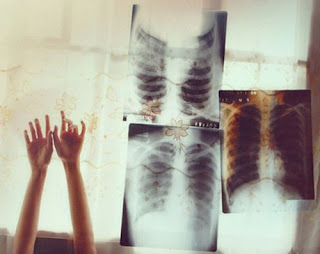
Many people are familiar with Edward Gorey's quirky, morbid illustrations and writing. (You may also know him as E. G. Deadworry, Madame Groeda Weyrd or another of his many clever and humorous pseudonyms.) Gorey has been on my radar ever since I was in middle school and my mother gave me The Gashlycrumb Tinies, an alphabet book describing 26 children's deaths such as "Y is for Yorick whose head was knocked in. Z is for Zillah who drank too much gin" (... and she wonders today why I turned out the way I did). Gorey's ominous illustrations and often nonsensical text are horrifically charming and terribly enjoyable to read/look at.
Gorey (which is his given name by the way, too perfect) has really perfected a genre of picture books for older readers, with titles such as The Curious Sofa; a porno-graphic work by Ogdred Weary, which follows a young woman named Alice in a series of questionably vague escapades ending in being shrunk to ant size by a strange sir and "machinery inside the sofa". You can never tell where Gorey is going to take something, but the combination of his absurd writing and distinct illustrative style (think men in fur coats, women in flapper dresses, and an oddly placed child or cat plus an overall foreboding feel), is brilliant.
He has written/illustrated over a hundred stories, many of them now difficult to find on their own but available in his "Amphigorey" collections (Amphigorey, Amphigorey Too, Amphigorey Also and Amphigorey Again). He also illustrated Bram Stoker's Dracula, H. G. Wells The War of the Worlds and famously the set and costumes for the 1977 Broadway production of Dracula (for which he won a Tony for the costumes). His illustrations were also animated for the PBS series Mystery! which ran in the early 1980's (watch the opening here!).
If you hadn't already heard of him I URGE you to go to a bookstore (I've found some of the Amphigorey books for under $10 at used bookstores) and buy one of his collections! I promise you that your life will be better because of it. He without a doubt is and always will be one of my very favorites.
-The Edward Gorey House (Gorey's former home in Yarmouth Port, MA - converted to a small museum and store)
-The full Gashlycrumb Tinies text and illustrations
-Documentary on Gorey (you can watch the video interviews here, his mannerisms and jewelry are fantastic)



images: various sources, c. Edward Gorey


















